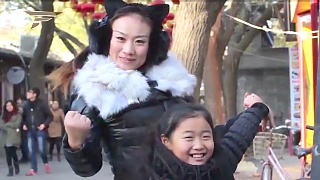Jiddu Krishnamurti ...
[640],shadow=true,start=,stop=LiZiQi ...
Alan Watts ...
[320],shadow=true,start=,stop=Gabor Mate ...
[320],shadow=true,start=,stop=Live more ...
 A new start, a new you
A new start, a new youJiddu Krishnamurti ...
[640],shadow=true,start=,stop=LiZiQi ...
Alan Watts ...
[320],shadow=true,start=,stop=Gabor Mate ...
[320],shadow=true,start=,stop=

|
Awesome singer : aLan Dawa Dolma 阿兰·达瓦卓玛. Tibetan and Chinese version ...
Plus ...
|

|
With Travel With Balnur ...
|

|
Discarding stress and living in the now.
Being a hostage of ones past, and the fears of the future that it creates, can spoil your life. Don't miss it !
With Ellen Langer and Rich Roll ...
|

|
In the heart of old Beijing, a variety of young women describe their threads ...
|

|
With Einar Tangen, CGTN ...
|

|
|

|
Why Western medicine is not in your interests - profits come from illness and symptom relief (and side-effects), not from health ...
|